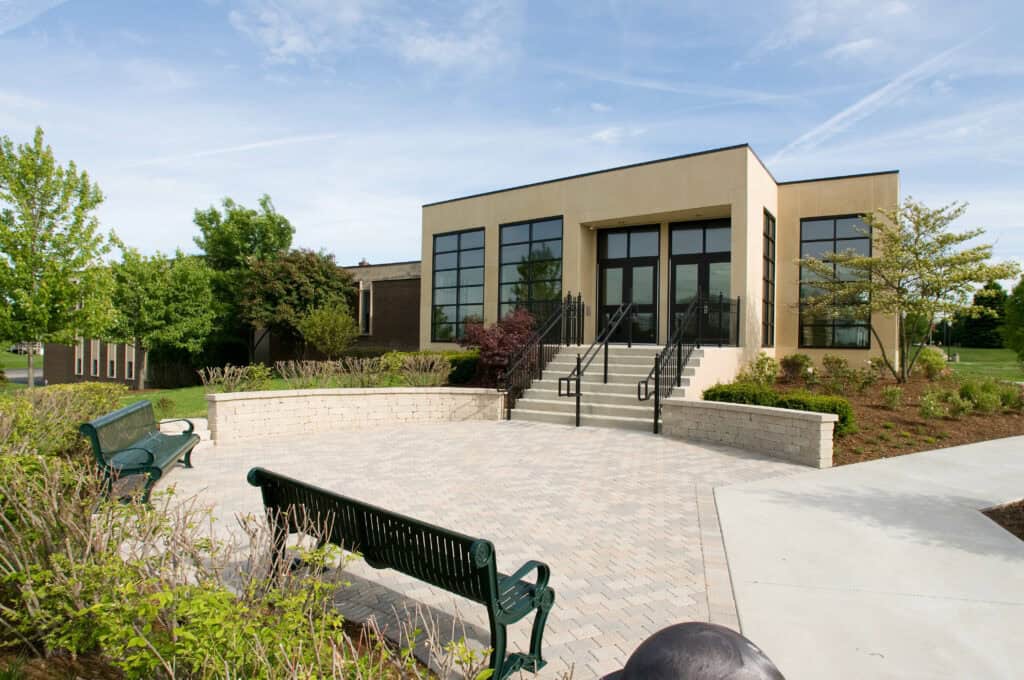Academic-practice partnerships are collaborative relationships between nursing education institutions and healthcare organizations. These partnerships are designed to bridge the gap between academic learning and clinical practice, ensuring that nursing students receive a well-rounded education that combines theoretical knowledge with practical, hands-on experience.
Key Characteristics of Academic-Practice Partnerships
1. Research, Innovation, Shared Goals
Partnerships often involve joint research projects that advance medical knowledge and improve clinical practices. Innovative technologies and methodologies developed through these collaborations enhance both education and patient care.
Both academic institutions and healthcare organizations share the common goal of improving patient care and health outcomes. By working together, they develop curricula and training programs that address current healthcare challenges and needs. And, these partnerships can have an incredible impact on local communities.
For example: Twenty-six percent of McLean County Illinois residents living below 200 percent of poverty are uninsured and the county faces a rapidly growing 65 and older population.
Illinois State University Mennonite College of Nursing’s CAUSE project began as a grant-funded research project that aimed to address the issue in partnership with four area organizations: McLean County Health Department (MCHD), Community Health Care Clinic (CHCC), Chestnut Family Health Center, Bloomington Primary Care.
Today, through these partnerships, the college has hired and retained four RNs to practice evidence-based primary care at the full scope of their license and to serve as preceptors to RN students in the four clinic partners. Through CAUSE, baccalaureate nursing students committed to practicing in non-institutional settings are learning skills in primary care health care in medically underserved communities.
2: Collaborative Learning Environments
Nursing schools work closely with hospitals, clinics, and other healthcare providers to offer students clinical placements and internships. These environments provide real-world experience, allowing students to apply classroom knowledge in practical settings. When applied to nursing education, advanced technologies and methodologies developed through research partnerships provide immersive learning experiences, allowing students to practice procedures in a virtual environment before applying them in real-life clinical settings.
Jeannine Haberman, Chair of Undergraduate Nursing Programs at Lewis University explains, “Innovative technologies like Mixed Reality are poised to revolutionize our anatomy and clinical curricula. Together with our partners, we are learning new skills and having fun!”
3. Mutual Benefits & Community Impact
Illinois nursing colleges and universities understand the deep, mutual benefits of academic-practice partnerships. Students gain valuable experience and skills that prepare them for their nursing careers. Healthcare organizations benefit from the latest research, innovative practices, and the infusion of new talent into their workforce. Because of that, many institutions are expanding the focus on approaching these partnerships with intentionality.
Frank Hicks, PhD, RN, CNE, Associate Dean for Academic Programs and Affairs at Rush University College of Nursing explains, “We have many strong and diverse community practice relationships through our Department of Academic Practice Nursing. This newly created department embeds faculty RNs and APRNs in partner organizations, where their practices provide rich clinical practice and scholarship opportunities for our faculty and students alike.”

Rush University College of Nursing has an established history of multiple academic-practice partnerships in historically underserved communities across Chicago. These practices provide primary and specialty direct patient care, community outreach services, and health and wellness programming for diverse patient populations. The practices also provide versatile student clinical and project opportunities, and space for faculty consultation and scholarly dissemination to share our outcomes and lessons learned. Each academic-practice partnership is developed strategically to support the integration of our faculty’s clinical academic practice into the CON’s education, scholarship, and service missions.
Upon the designation as an academic department, Angela Moss, PhD, MSN, APRN-BC, RN, FAAN, the Assistant Dean of Faculty Practice also became the Chairperson of the department. She continues as the driver of new business and executive administrator of the day-to-day operations. All CON faculty members are invited to participate in the Faculty Practice program. Faculty who participate receive released FTE time to spend time in practice. Additionally, faculty may produce scholarship resulting from their faculty practice work as scholarly papers, presented research, outcome evaluation, and/or policy and advocacy.
Lewis University’s Department of Academic Practice Nursing provides a unification of practice and education for the college. Lewis benefits from the diversity of the clientele the organizations offer their faculty and students; the organizations benefit from the College of Nursing’s efforts to reduce health disparities and inequity by providing affordable primary health care.
By aligning educational programs with the needs of the healthcare industry, these partnerships help address critical shortages in the nursing workforce. Specialized training programs can be developed to fill gaps in areas such as mental health, geriatrics, and critical care.
Conclusion
Academic-practice partnerships are essential for the advancement of nursing education and practice. By fostering close collaboration between academic institutions and healthcare organizations, these partnerships ensure that nursing students are well-prepared to meet the demands of the healthcare industry, ultimately leading to improved patient care and health outcomes.
